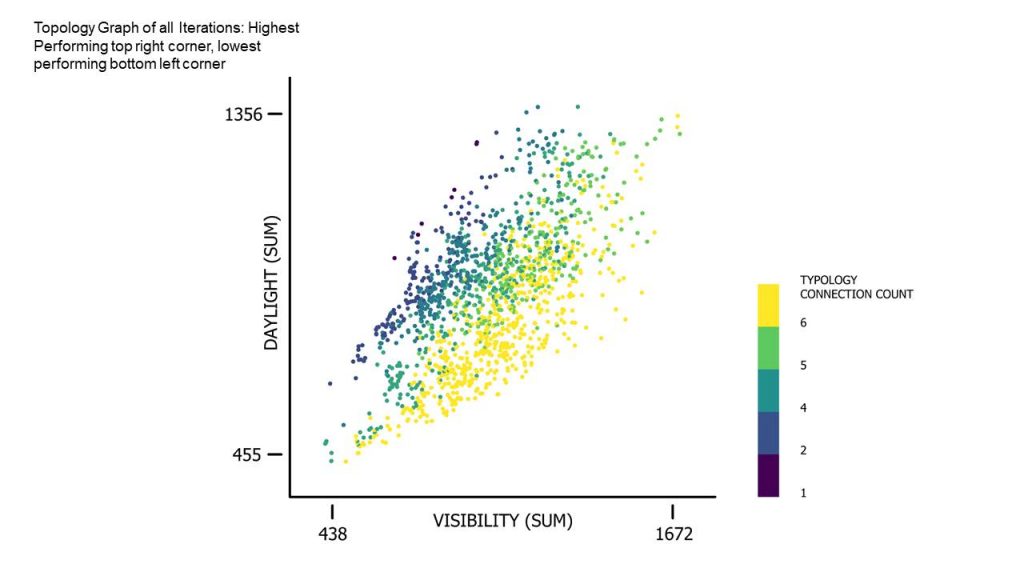Masterplans have often recurring topologies of building clusters. From a productivity perspective, some of those topologies are more beneficial than others. There have been approaches to rationalise building program topologies and evaluate them against each other using graph analysis methods. Specifically, pathfinding has been executed by navigating architectural program graphs. Of course, it is important for a facility manager how long it takes for a worker to get a cup of coffee or exit the building at the end of the day by lift, but more importantly productivity measures seem to be important for company owners as well as employees. The right amount of daylight can lead to enough Vitamin-D intake throughout the day and can help employees perform they’re very best, which in return drives business and revenue for company owners. The project is exploring a way to rationalise building clusters and evaluate them with the objective to maximise visibility and distance to the source of natural daylight. A genetic algorithm is used to produce a multitude of building topologies and raycasting is utilised to determine the distance to the closest source of natural daylight and a so-called isovist to determine how much area is visible from each location on a given floorplate, enhancing collaboration and team spirit, coexistence. Visibility and distance to the source of natural daylight have first been isolated and then integrated in order to identify maximising topologies.
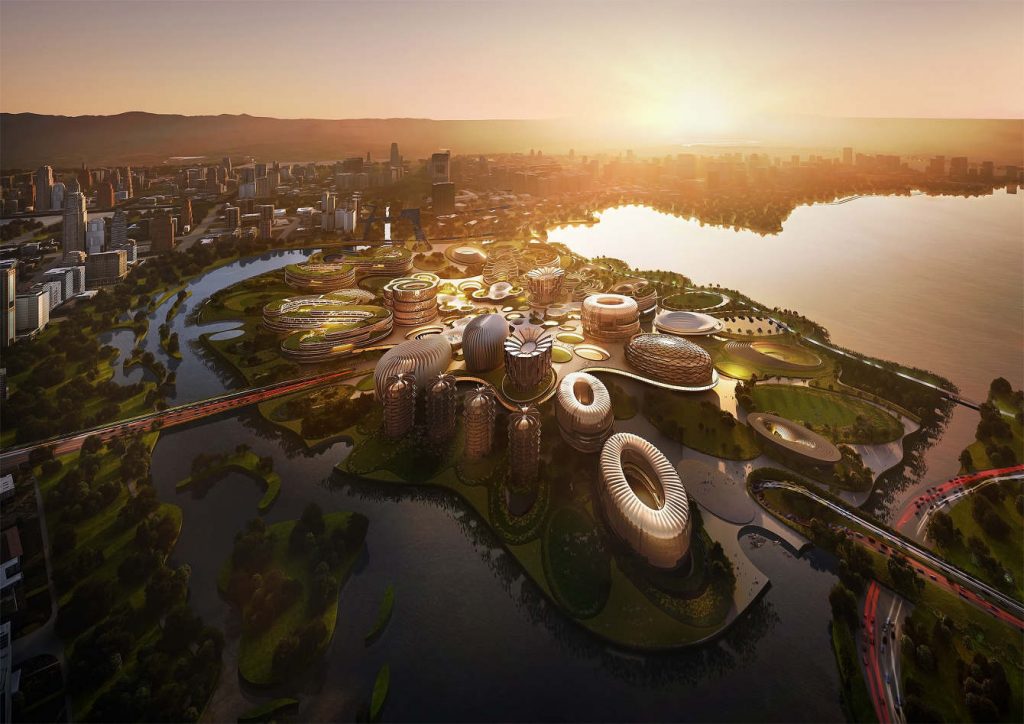
Unicorn Island, Chengdu by Zaha Hadid Architects.
https://cargocollective.com/
Building Topology Optimisation
Master Plan Szenario
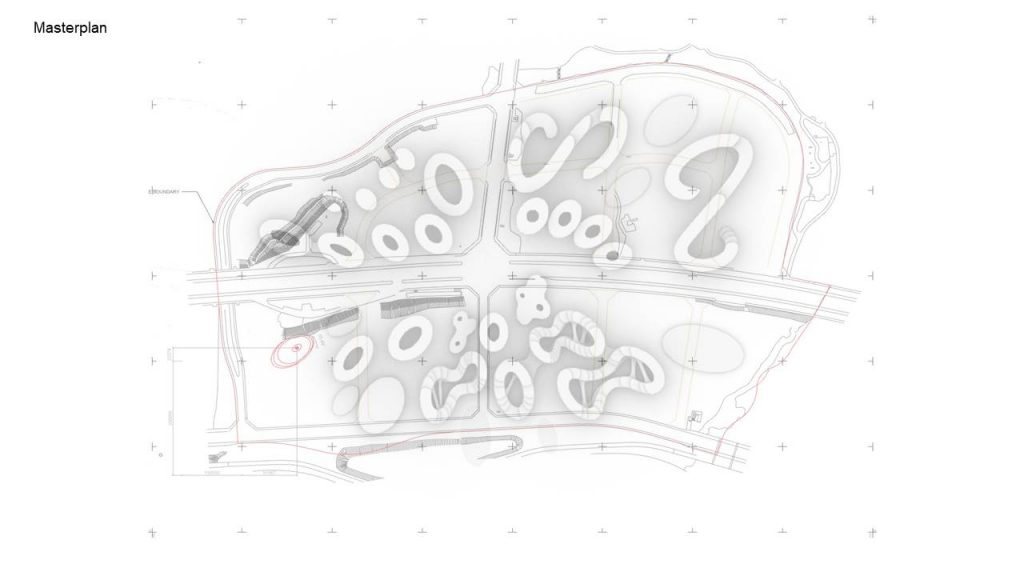
Test Plot
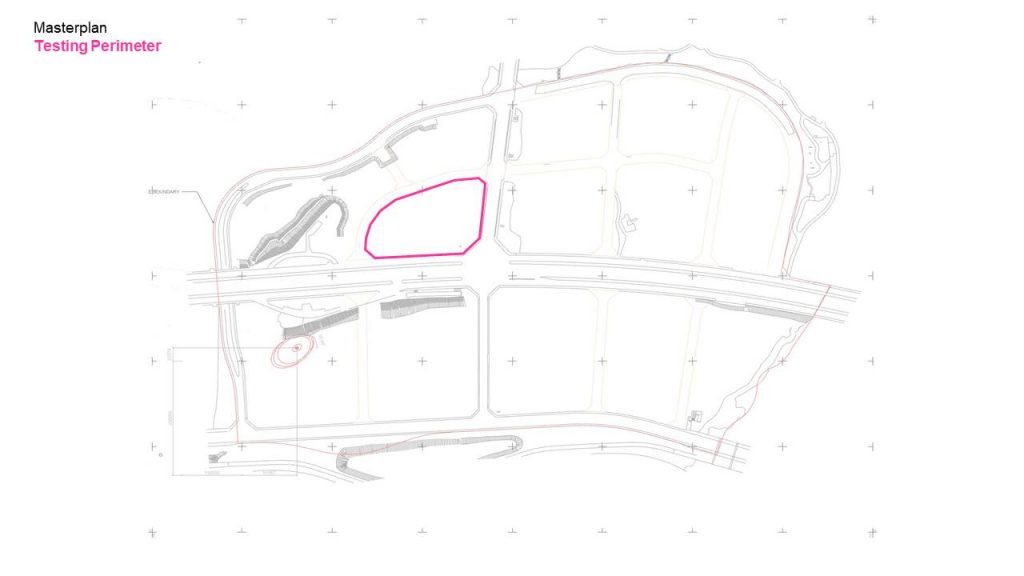
Possible Building Locations


Possible Graph Topologies
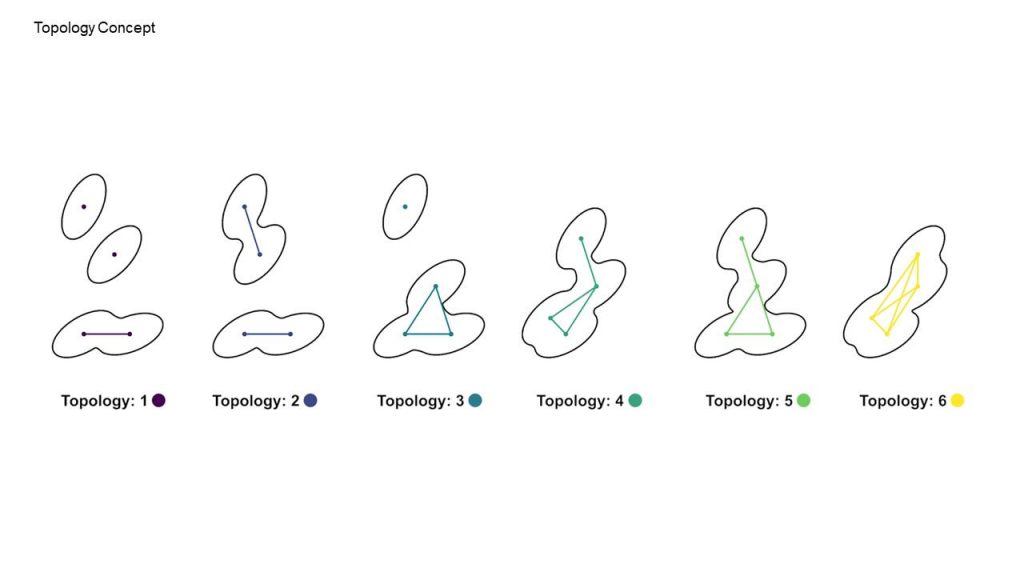
Topology Optimisation to Maximise Visible Area: Best Outcome


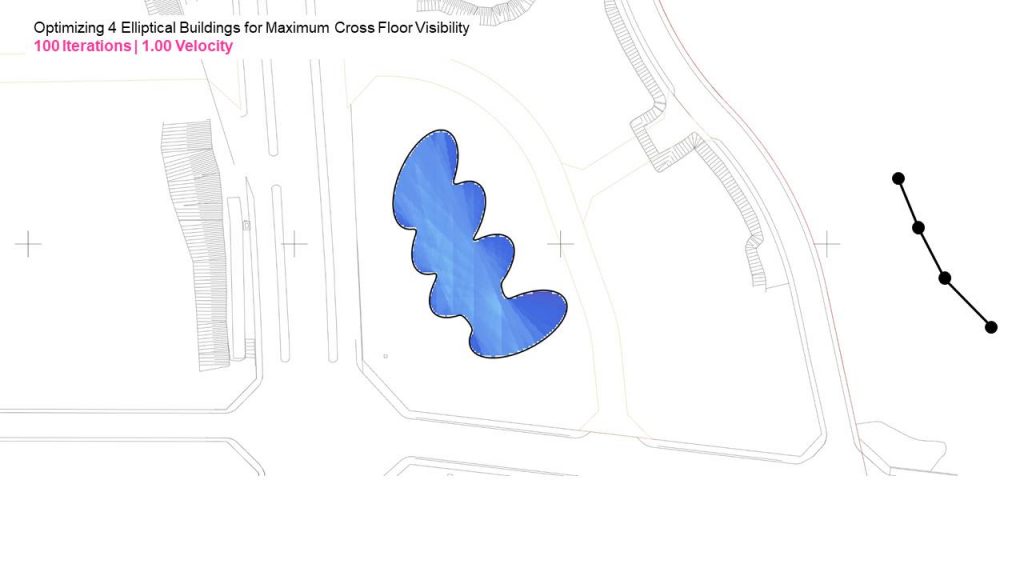
Visible Area Final Topologies
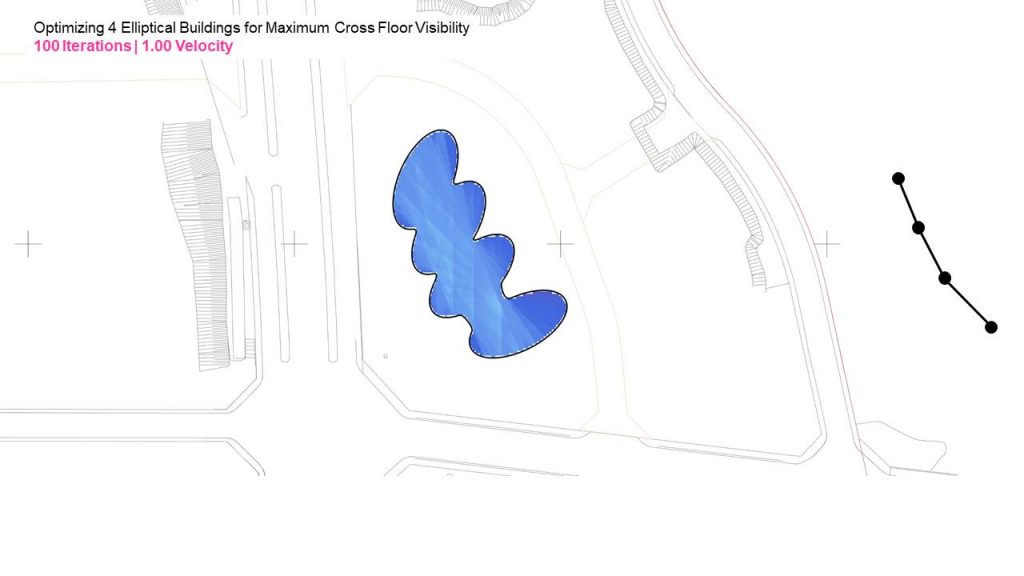
Topology Optimisation to Minimise Distance to Source of Natural Daylight: Best Outcome
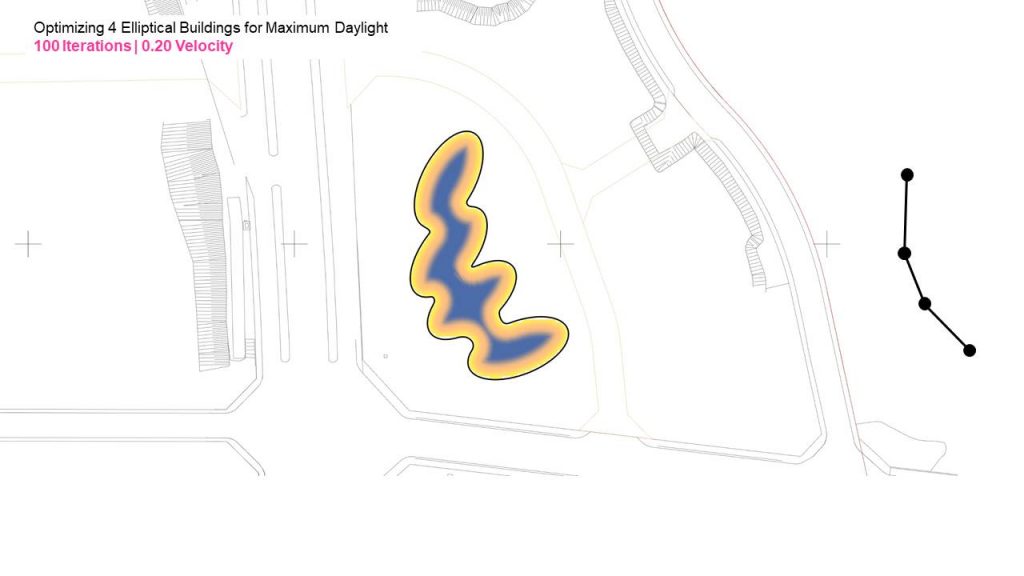


Source of Natural Daylight Final Topologies

Topology Optimisation to Maximise Visible Area and Minimise Distance to Source of Natural Daylight: Best Outcome
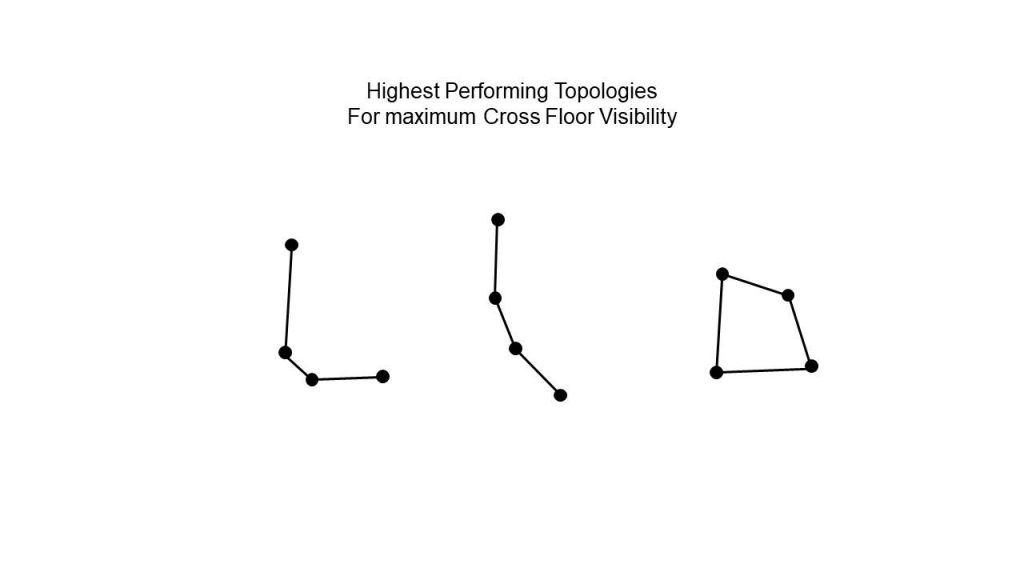
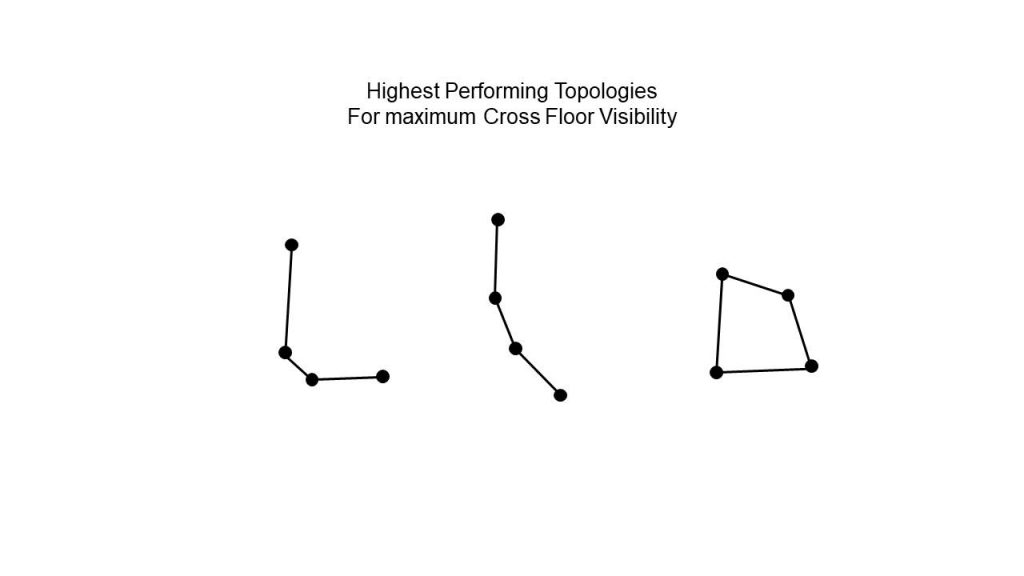
Visible Area and Minimise Distance to Source of Natural Daylight: Best Outcome
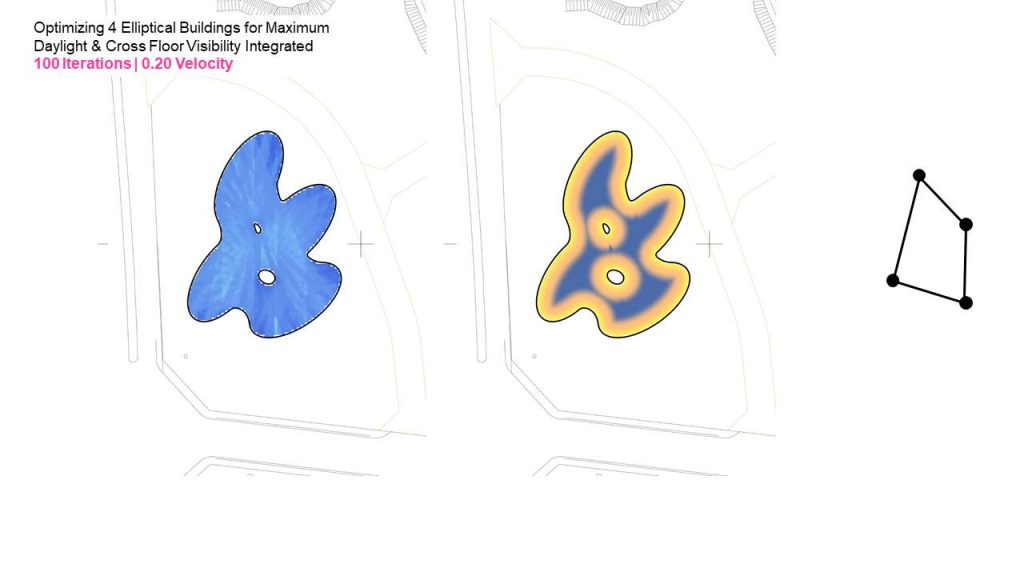
Location Frequency Count for Best Topologies
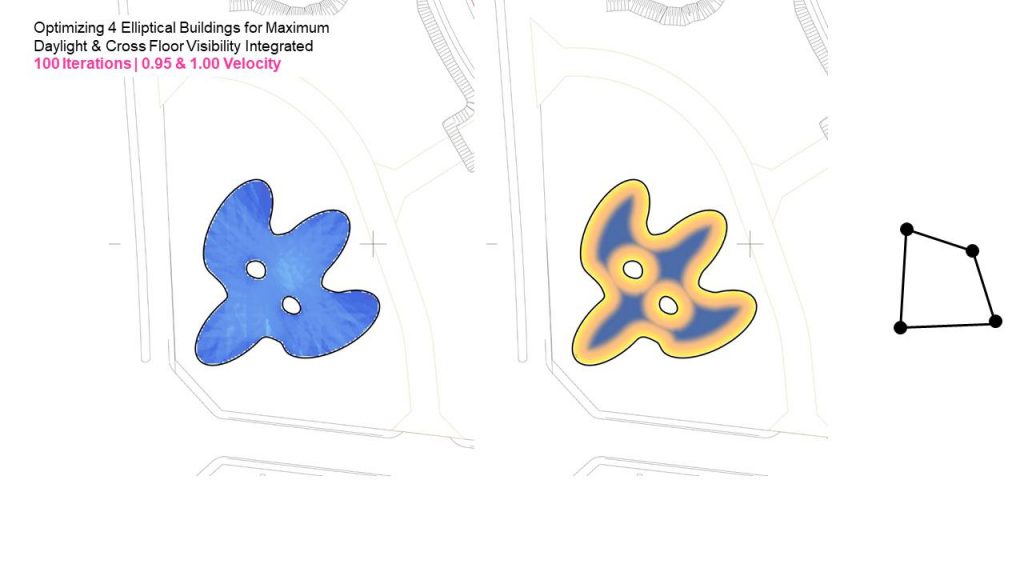
All Analysed Topologies
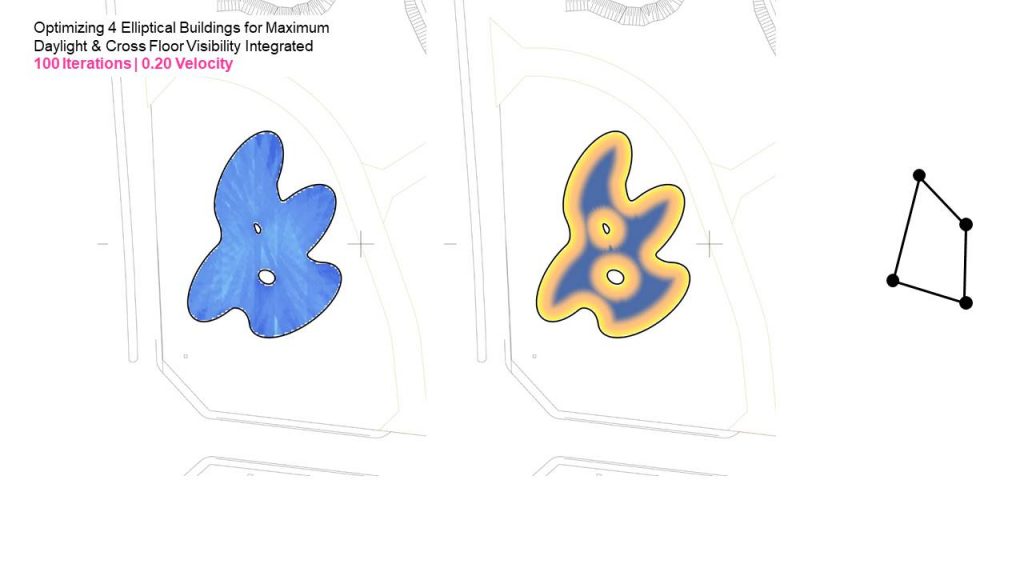
Best Overall Topologies
